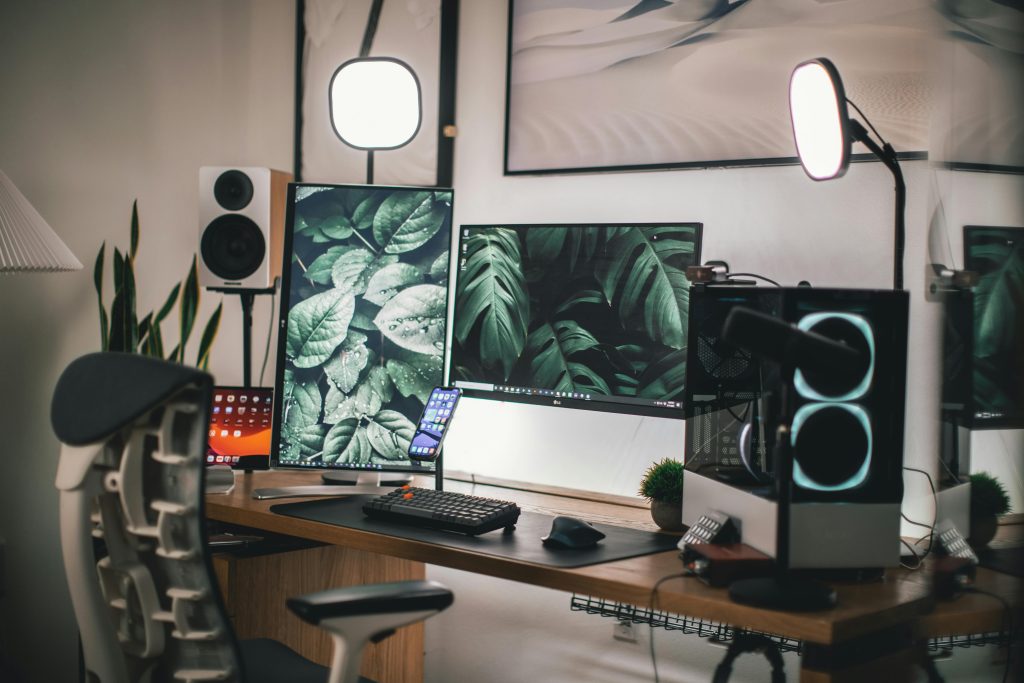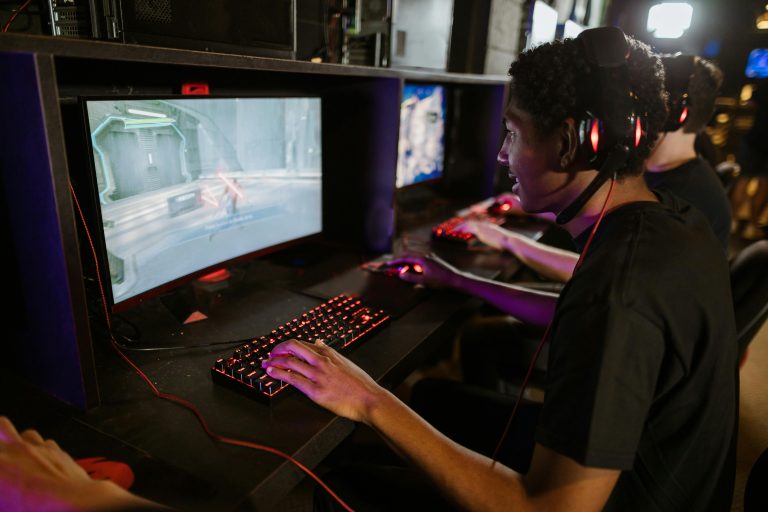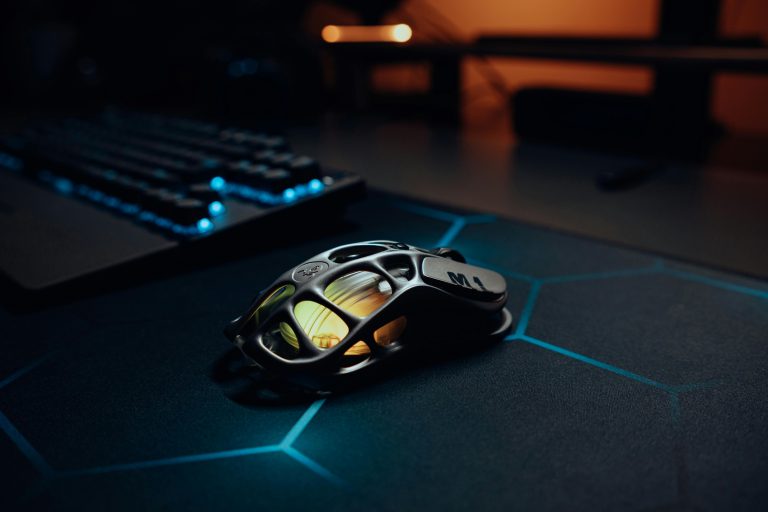
Imagine this: you’re in the middle of an intense, high-stakes ranked match. The final circle is closing, your heart is pounding, and your focus is absolute. Suddenly, a stream notification pops up, obscuring your mini-map. Or perhaps you’re trying to read chat between respawns, frantically alt-tabbing and risking a crash or a frozen game. There’s a better way. Elevating your gameplay and content creation from a hobby to a professional-grade operation doesn’t require a magic wand—it requires a second screen. A dual monitor setup is the ultimate power move for any serious gamer or streamer, seamlessly blending immersive gameplay with audience engagement and robust stream management. It’s the command center that separates the casual player from the dedicated creator. This guide will walk you through everything you need to know to achieve dual monitor mastery, from the essential hardware to the software tweaks that will supercharge your efficiency and elevate your entire gaming and streaming experience.
Gearing Up: Essential Hardware for Your Dual Monitor Setup
Before you can enjoy the seamless workflow, you need to ensure your hardware is up to the task. The core components of your setup are your graphics card and your monitors.
The Graphics Card (GPU): Your Setup’s Engine
Your GPU is the most critical piece. Most modern graphics cards from NVIDIA (GTX/RTX series) and AMD (RX series) come with multiple video outputs. You’ll typically find a combination of HDMI, DisplayPort, and sometimes DVI ports. For a dual-monitor gaming setup, using DisplayPort connections is highly recommended, especially if you aim for high refresh rates on your primary gaming monitor. Check your GPU to ensure it has at least two available ports that match your monitors’ inputs. If not, you may need an adapter, but aim for native connections whenever possible.
Choosing the Right Monitors
You don’t need two identical, top-tier gaming monitors, but strategic choices make a world of difference.
- Primary Monitor (for Gaming): This should be your best panel. Prioritize a high refresh rate (144Hz or higher), low response time (1ms), and adaptive sync technology (G-SYNC or FreeSync). Resolution (1080p, 1440p, or 4K) depends on your GPU’s power.
- Secondary Monitor (for Streaming): This monitor is for productivity. Focus on an IPS panel for better viewing angles and color accuracy, which is helpful for monitoring your stream’s visual output. A 60Hz refresh rate is perfectly adequate. Size and orientation are also key; many streamers prefer a vertically oriented (portrait) monitor for reading chat, managing alerts, and viewing your streaming software dashboard without excessive scrolling.
You’ll also need the appropriate video cables for both monitors (usually included with the monitor itself).
The Step-by-Step Connection and Configuration Guide
With your hardware ready, it’s time to connect and configure.
- Power Down: Turn off your computer and both monitors.
- Connect the Cables: Plug your primary gaming monitor into your GPU’s best port (e.g., DisplayPort 1). Connect your secondary monitor to another port on the same GPU. Never plug one monitor into the GPU and another into the motherboard’s integrated graphics, as this can cause significant performance issues.
- Power Up: Turn on your computer and both monitors.
- Access Display Settings: Right-click your desktop and select “Display settings” (Windows). Your two monitors should be displayed as numbered boxes.
- Arrange Your Monitors: Click and drag the monitor icons to physically match their arrangement on your desk. This ensures your mouse cursor moves seamlessly between them.
- Identify Monitors: Click “Identify” to see which number corresponds to which physical screen.
- Set Primary Display: Select your main gaming monitor, scroll down, and check the box for “Make this my main display.” This ensures all full-screen games launch on this screen.
- Adjust Orientation and Scale: For a vertical monitor, select the secondary display, and under “Display orientation,” choose “Portrait.” You may also need to adjust the scale and resolution for each monitor individually.
Optimizing Software for a Flawless Gaming & Streaming Experience
Hardware is only half the battle. Proper software configuration is what makes the setup truly powerful.
Windows Settings and Game Mode
Ensure Windows Game Mode is turned on. This helps prioritize system resources for your game on the primary monitor. For the best performance, especially if you have a high-refresh-rate primary monitor and a 60Hz secondary, you might experience slight stuttering. This can often be mitigated by running your game in exclusive full-screen mode (not borderless windowed), which gives the game direct control over the primary display.
Streaming Software Configuration (OBS Studio)
This is where your second monitor becomes your mission control. Open OBS Studio and drag its window to your secondary display. Here’s what you should keep in view:
- Scene Collection: Your different streaming layouts (Gameplay, Starting Soon, BRB).
- Audio Mixer: Monitor your microphone levels and game audio to avoid peaking.
- Scene Transitions: Quickly switch between scenes.
- Chat: Pop out your Twitch or YouTube chat and place it on the secondary screen.
- Stream Health: Keep an eye on notifications for dropped frames or connectivity issues.
Use your streaming software’s “Projector” or “Fullscreen Projector” feature to output a clean feed of your stream to your second monitor. This allows you to see exactly what your audience sees without any of your UI overlays.
Pro Tips for Ultimate Dual Monitor Mastery
- Tame the Taskbar: Right-click your taskbar, go to “Taskbar settings,” and under “Multiple displays,” choose “Show taskbar on all displays” or only your main one to reduce clutter.
- Master Wallpaper Engine: Use dynamic wallpaper software like Wallpaper Engine to set stunning animated backgrounds that span both monitors, creating a truly immersive aesthetic.
- Manage Audio: Use audio mixing software like Voicemeeter Banana to finely control which applications output audio to your stream and which go only to your headset (e.g., Discord alerts, browser sounds).
- Cable Management: Use zip ties or velcro straps to manage the extra cables. A clean desk leads to a clean mind and a professional-looking stream background.
Conclusion
Setting up dual monitors for gaming and streaming is one of the most impactful and cost-effective upgrades you can make to your creative arsenal. It transforms a cramped, stressful single-screen experience into



